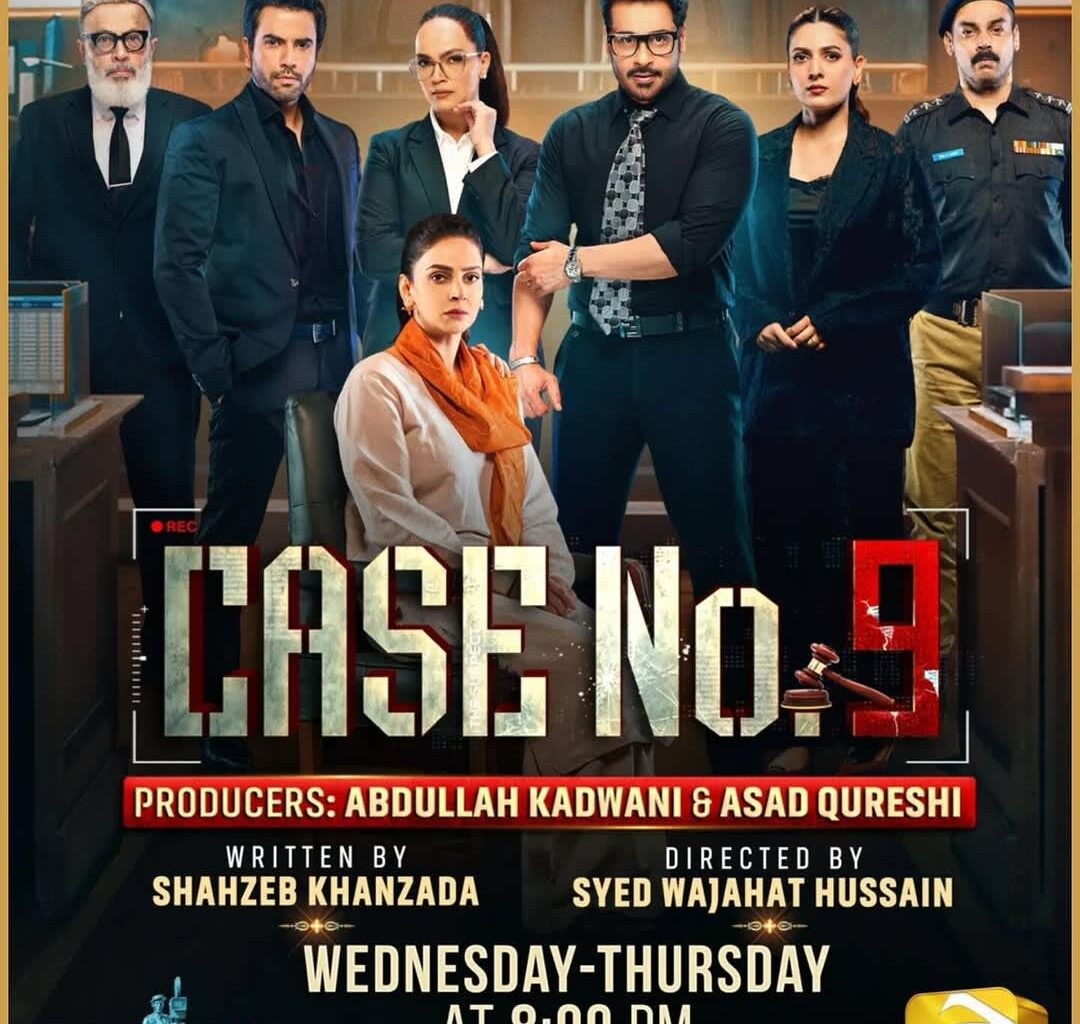Case No. 9 is a unique drama that manages to be both deeply instructive and emotionally fascinating without becoming preachy or heavy-handed. Its storyline is rich, sophisticated, and fascinating, transporting the spectator to a universe that feels both horrifically real and cinematically enthralling.
What’s most fascinating is how the series develops tension without depending on traditional mystery conventions. The plot doesn’t revolve around who committed the crime; that is established early on. The excitement stems from how the case evolves and if justice will win over all odds. This narrative decision elevates Case No. 9 from a traditional who done it to a profoundly psychological and moral thriller.
The groundwork is established early when a young lady, Sehr, is sexually abused. The victim comes forward, the offender acknowledges his crime, but the true suspense is how the judicial and societal institutions react to it. From the start, it is evident that Sehr’s case is weak: the evidence is shoddy, the cops are dishonest, and even the witnesses are untrustworthy. The audience understands the truth, but they wait with bated breath while the world conspires to quiet it.
One of the drama’s best qualities is it’s execution, a phrase that is frequently used but rarely executed with such elegance. The art direction is excellent; you won’t notice the repeated visual patterns found in conventional shows. Instead, each shot is stylish yet realistic, drawing you totally into the reality.
The narrative is non-linear, with flashbacks and current situations expertly interwoven to progressively expose deeper levels of reality. Each episode reveals a bit more — a clue here, a confession there — keeping the story moving and emotionally engaging.
The performances raise the show even higher. Saba’s portrayal of Sehr is notable for its restraint. Her suffering is seen not in dramatic reactions, but in the subtle language of her body, pauses, and quiet strength. She conveys grief without hyperbole, demonstrating both her acting ability and the director’s empathy.
Faisal Qureshi as Kamran gives a terrifying performance. His familiarity with deception and manipulation is extremely believable. In one especially moving scene, he hugs his newborn daughter and sobs — but not because of guilt. The sequence skillfully reveals the complexities of his character: a guy capable of tenderness as a parent yet devoid of regret as a rapist. The audience feels no pity, only anguish – and that is the power of effective storytelling.
Even supporting characters are written with subtlety. Rohit, for example, first acts like a nice man by offering to drive Sehr to the doctor, but then succumbs to fear and social pressure and distances himself from her situation. His avoidance displays a very human moral shortcoming, which adds to the story’s credibility. Even the supporting characters, such as the shady inspector and the conflicting family members, contribute dimension to the story rather than acting as fillers.
The program also stands out for its emotional logic; every reaction feels justified, and every scene has a purpose. When Sehr’s brother insists on accompanying her to confront a witness, it is more than simply protective; it is credible. The family’s final choice to support her feels more natural than forced.
What eventually distinguishes Case No. 9 is the way it transforms realism into tension. It does not rely on twists or theatrics; rather, it finds excitement in reality – in the power dynamics of justice, the subtle manipulations of guilt, and the strength required to stand alone against corruption.
Ultimately, Case No. 9 is more than just a courtroom drama. It’s a reflection on society’s moral fabric, exploring how power, privilege, and gender intertwine in the pursuit (or obstruction) of justice. Its sophisticated plot, outstanding acting, and flawless execution make it one of the most dramatic and thought-provoking dramas of recent times.

